How high art and fashion meet in a shopping mall in Beirut
The husband and wife Tony and Elham Salamé are bringing world class art to the local Beirut community, as well as designer shops, housed in the Aïshti building, designed by Sir David Adjaye
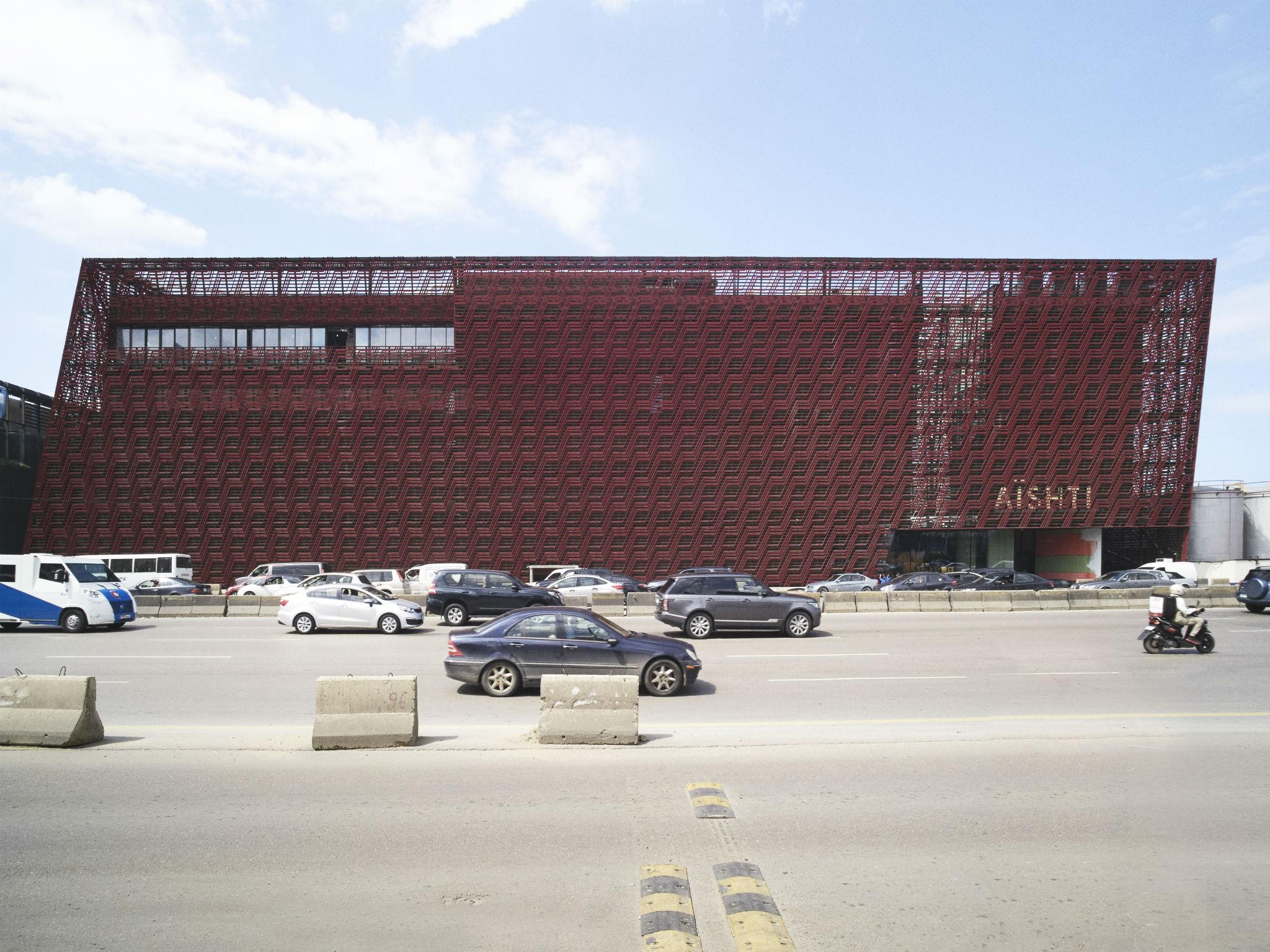
Tony and Elham Salamé, founders of the Aishti Foundation in Beirut, have since 2015 displayed part of their expansive art collection in a bright red shopping mall, designed for them by the British-based architect Sir David Adjaye.
Situated in an up-and-coming neighbourhood, 20 minutes outside of Beirut, the building has many floors with designer fashion shops, as well as a destination restaurant and expansive art gallery. Will it be wonderful or will it be like many other private foundations springing up like mushrooms, a symbol of social status without artistic discernment?
I have been invited to the grand opening of the Salamé’s third show, The Trick Brain, highlighting many of the collectors new acquisitions of younger and emerging artists This is my first trip to the Middle East and the difference in voyagers begins immediately even before I check into my flight at Heathrow.
The amount of luggage is notable as is the fact that both men and women are sporting their designer labels proudly. A woman dressed in T-shirt and designer jeans proclaims “I shop to live”. When I arrive at the hotel in Beirut – it too is full of shopping. Woman in Beirut dress to impress but the men do too. It is a matter of pride to be with either a man or a woman worthy of fashion note.
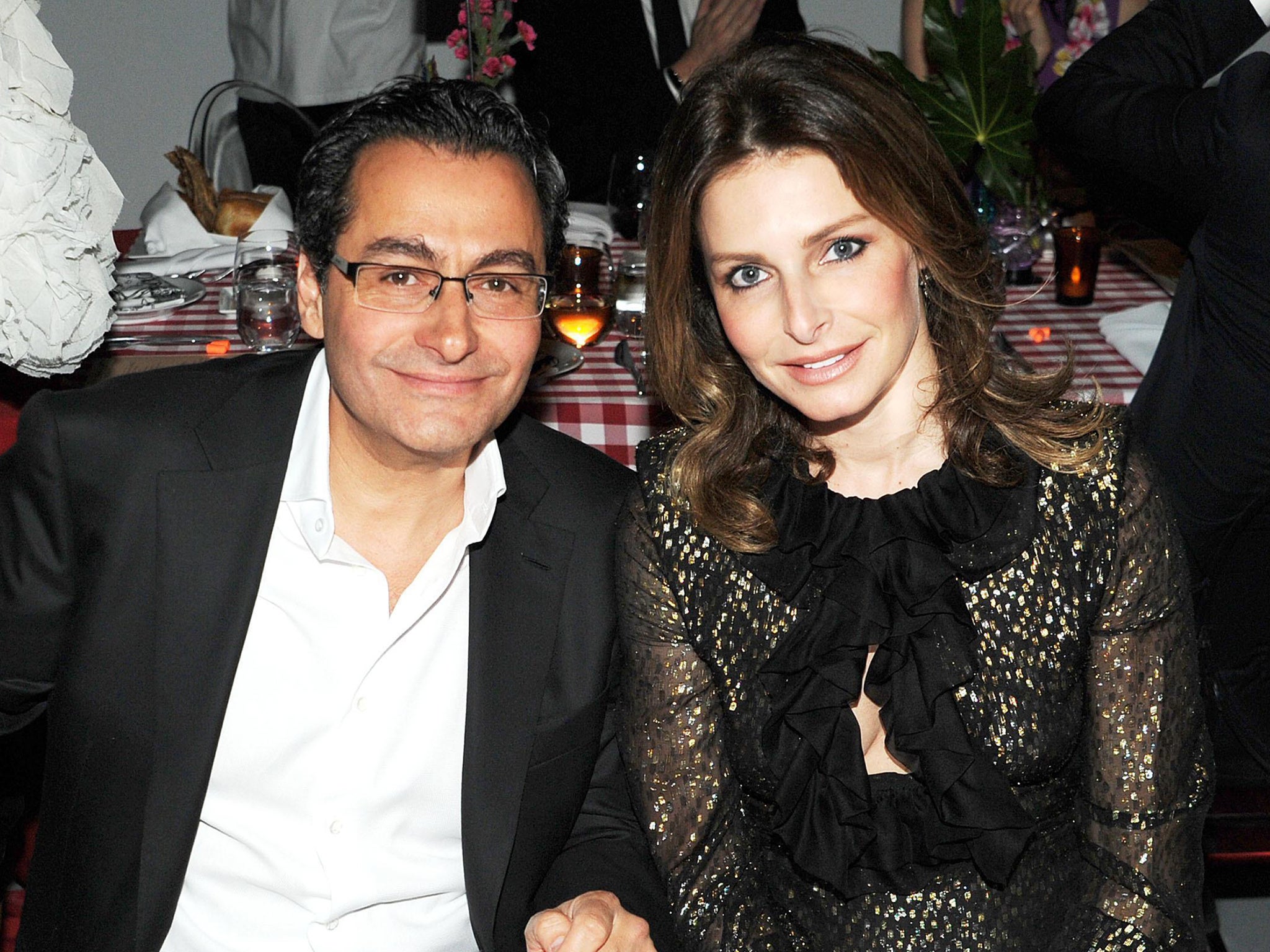
It is perhaps appropriate as the Salamés made their fortune through fashion. We first visit Byblos, the Unesco heritage site. Here the excavations have uncovered many layers of society including the Phoenicians, who are now credited with inventing the precursor to modern alphabets and who were famously traders. The ride to Byblos takes us through suburbs that contain a mixture of architecture, both gaudy and abject, showing the effect of recent conflict. We drive past more shopping malls.
We are not going to see the main exhibition at the Aishti Foundation until tomorrow but we visit the “secret” Aishti storeroom to look at an installation by Lebanese artist Walid Raad, who has painted storage boxes with easily identifiable iconic works of modernism including Jasper John’s flag and Kenneth Nolan’s bulls eyes. It represents artists whom he felt should have been exhibited in the planned Modern Art Museum in Beirut that never actually happened, the purchased works disappearing in a mire of bribery and corruption.
It is clever but what is more fascinating to me are the serried ranks of crates beyond. This is the real collection – some 2,000 works, all neatly labelled with contents and source, which can be viewed by appointment only. This is very much a private space that I am privileged to get a glimpse of. Interestingly it had not always been such a sacred place, as later over lunch at the foundation, he tells me that he sold clothes initially out of the warehouse before he had a shop. He would bring clothes back from Italy, people got to hear that he had things to sell through the grapevine and would come there to buy.
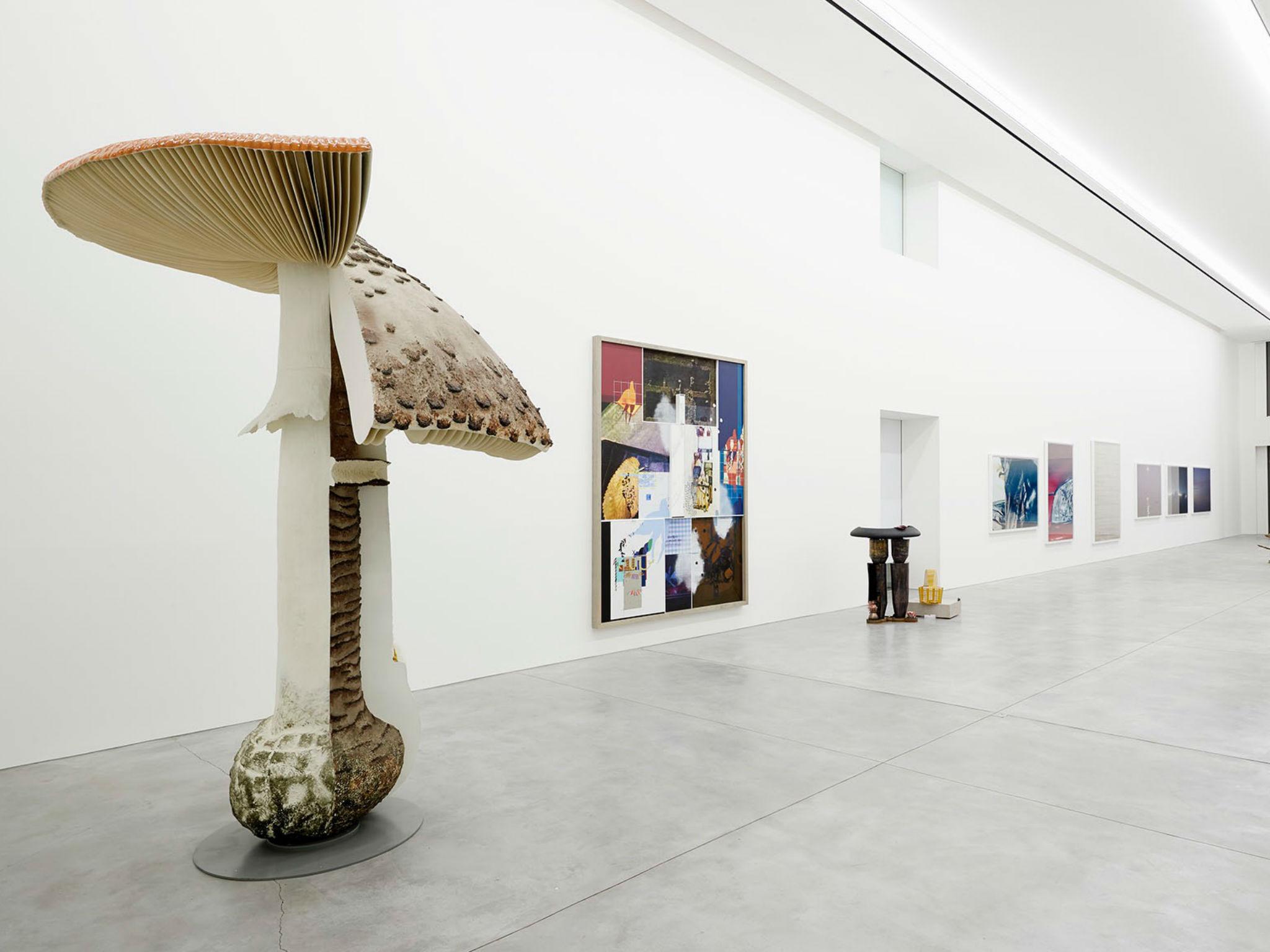
When I ask what the first art work Salamé bought was, he tells me “it was an 18th century painting, I saw it in a window of an antique shop in Milan, but I also collected carpets some of which I still have in my office”.
Growing up in a Christian family in Beirut, he travelled widely. His parents sent him to Marseille to safety during the war to study dentistry but he did not like it and “I returned to Beirut to study law here”.
It is this curiosity to travel that led him to meet many people who were impressed by his curiosity and also artists who needed convincing that he meant business. He tells me the story of meeting Richard Prince first at his studio in upstate New York and choosing several works along with a car and nothing happened, “I think he could not believe me – this young guy – and that I was real, when I returned by helicopter the eight works I had chosen were still available and the deal was done.”
Proof of this determination is the heavily decorated car by Prince proudly parked adjacent to the entrance. Prince is an artist whom the Salamés have collected in depth and while he does not officially appear in the current show his instagram works bedeck the foundation’s restaurant and have found their way into their private home where their four children, three sons and one daughter, have each chosen their own work.
It is later that evening at a party hosted at their flat that the Salamés real personal commitment becomes evident. They live aloft in an apartment spread over several floors. Salamé explains to me that land is so expensive in Beirut that they need to build up. Their flat on several floors opens into the living room on the 30th floor and is so high the views are staggering.
There is a Richard Prince joke painting and in the void above the tall living area unmistakable stripes of Daniel Buren. Salamé tells me later that it is not painted directly on the wall as it would fade in the direct sunlight but is made in special photosensitive cloth with lighting contained within. ‘It is too technical to explain,’ he laughs, ‘they had to make it in France and it was bloody expensive.’ Buren has also designed the most striking work of all, the intensely glowing red swimming pool outside on the terrace, the red an overt salute to the red of the Aishti foundation red-mesh covering, eventually there will be also be a pool at the foundation. There is furniture from Memphis, the Milan-based furniture company and also a large unit by Italian born but London-based Martino Gamper, illustrating that it is not just art but design that inspires the pair.
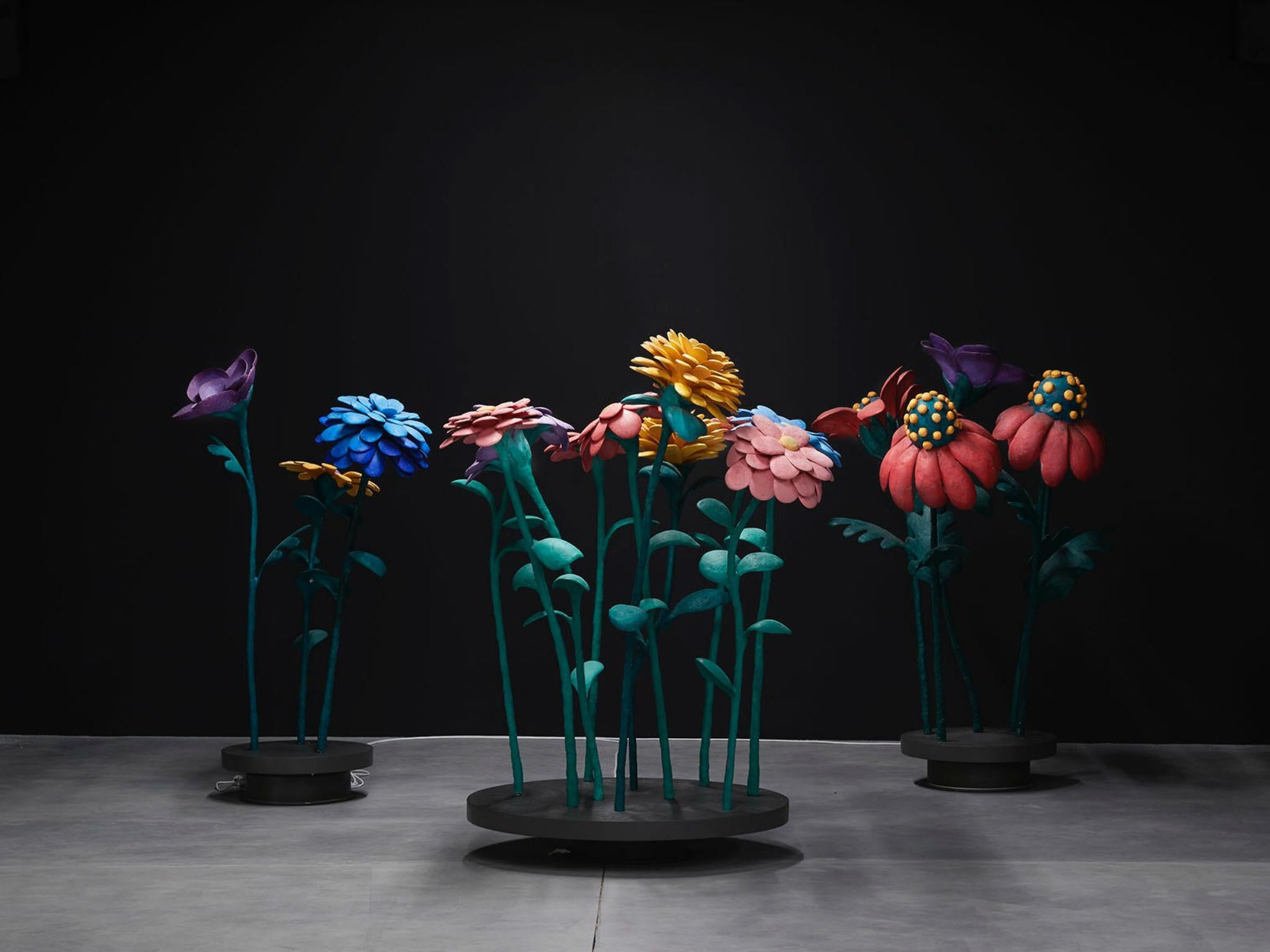
While it may be Tony’s passion and curiosity that shines through do not forget about the powerful Elham, his wife. He tells me along with her interjecting that he pursued her, “she was in another long term relationship at the time”, and that he first got the wrong number for her before eventually learning that she sold advertising for fashion at the local paper the Star. “I became their best advertiser,” he laughs. “I would say ‘they should send her to sell it to me, but I still want my discount’.”
She is a true partner in the business with her team doing all the buying of the fashion for the different stores currently some 60 brands in all, they are proud they just got sole distribution for Dior in Beirut and have recently got Max Mara on board as well. Elham is interested in young designers. She tells me: “Attico, La Double J, Blazé, Ellery, Vivetta, FRS and her teenage daughter Tasha is also a style icon wearing a beautiful Isabel Marant vinyl coat to the opening. I ask what else she is wearing and she is sporting Dior – of course! It will be instagrammed and become the must-have for fashionable women in Beirut.
I have set the scene now for the long-awaited opening. I had it in my mind that the gallery would be integrated into the shopping spaces themselves, but when we are finally allowed in, it is a self-contained space spread over four floors linked by mezzanine-type floors that allow views down into the lower floors. You can start at the bottom and work your way up or start at the top and work your way down.
Salamé has chosen high-powered Massimiliano Gioni, artistic director of the New Museum in New York, to curate his shows at the foundation. Each of the three shows since the opening in 2015 is named after a work by an artist within the show. In this case The Trick Brain is the title of an Ed Atkins video.
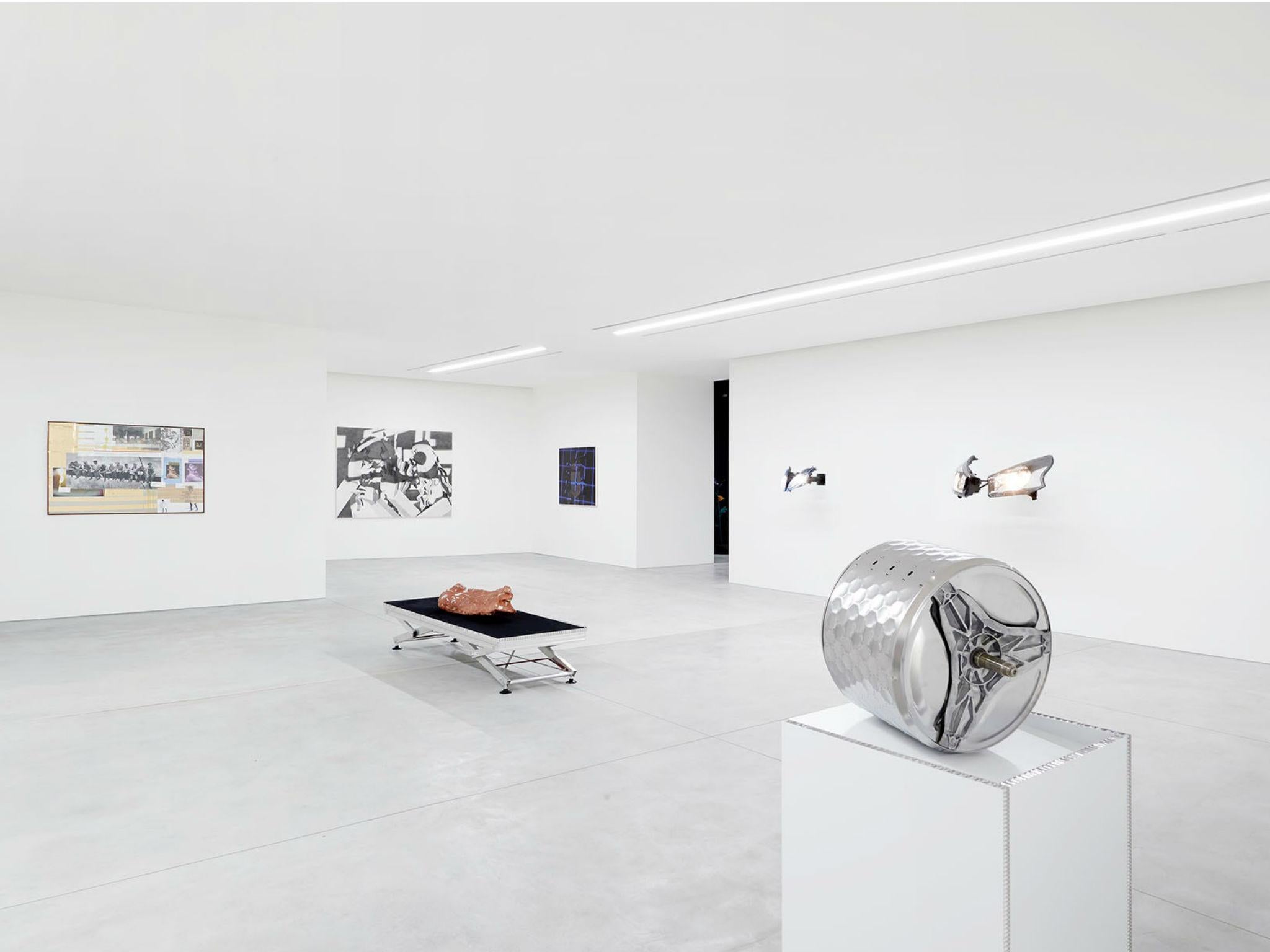
We move swiftly round the current exhibition, which takes up four floors of the building and contains close to 200 works, a small proportion of the Salamé collection, with Gioni pointing out key works and artists that are collected in depth. Dora Budor’s powerful large sculpture, a portrait of a head sets the tone with the brain literally becoming an environment. He explains that many of the works are poised between the digital and the analogue.
Painters like Laura Owens now using digital symbolism to elevate “mere paint”. Although the show is largely made up of younger artists, there is a nod to older artists with a powerful large painting by the recently deceased Maria Lassnig and several glorious glamorous works by John M Armleder.
There are instantly recognisable works by fashionable artists such as Carsten Holler, whose jaunty mushroom has become like a quasi signature. Ed Atkins has only the singular video that lends its name to the show; The Trick Mind is a typical melange of images and impenetrable words.
One of the early criticisms was the lack of work from Latin America but I spy work by Oscar Murillo, Adrián Villar Rojas and a work I particularly like, the blind self-portrait by Mexican artist Abraham Cruzevillegas. Here the artist has chosen to portray himself as a sum of his daily routines and travels. His collections of receipts, boarding passes and newspaper cuttings rendered illegible by being painted red.
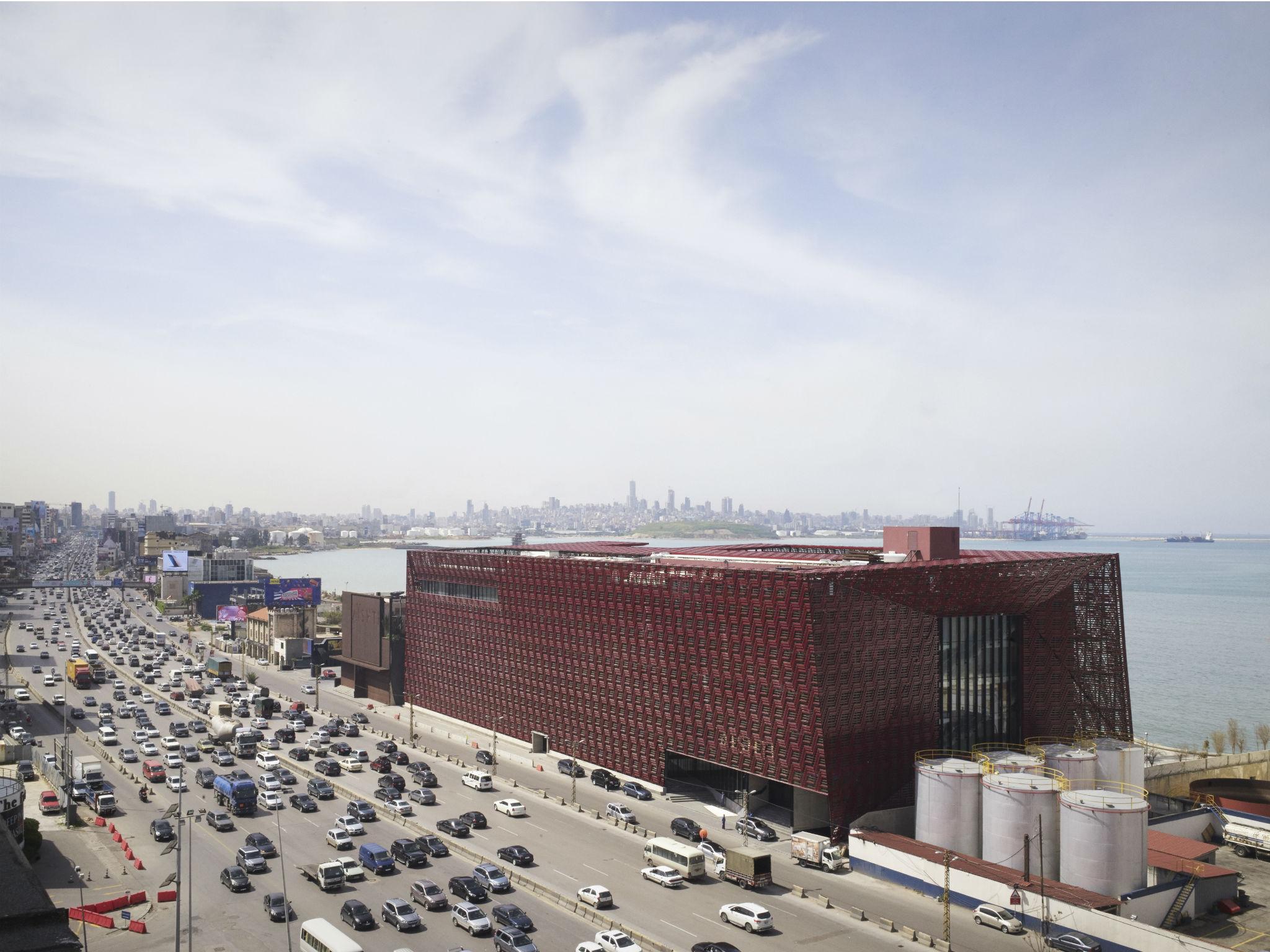
There is a particularly strong showing by female artists including Cindy Sherman, Lucy Dodd and a powerful room by Nicole Eisenman that demonstrates her ability to move seemingly effortlessly between drawing, painting, and printmaking in all its myriad forms. A strong sculpture by young artist Marguerite Humeau, titled Henri, a sculpture made of white extruded plastic and is like no creature one has ever seen before. It is a creature about to meet his death by eating a poisonous flower (we know this by looking at the materials that make up the work, synthetic plastic and datura seeds (the most poisonous plant seed). There is a soundtrack to the work, a roar sounding sickly and sad. There is a powerful animation and associated lurid flowery objects by Nathalie Djurberg and Hans Berg. I ask Salamé if there is a problem with showing this film uncensored with its depiction of overt sexual acts and he points to the openness of the city that embraces a club ethos of music and welcomes all sexuality and races.
There has been criticism that Salamé is not showing enough local artists, but he is clear that he has Lebanese artists in his collection, including Etel Adnan and the aforementioned Walid Raad but he is equally clear that “I want to bring world class art to be seen by the local community”.
He has started seemingly reluctantly to charge a small admission charge “as before when it was free people were coming to play with the art. I invite schools to visit for free.”
When I ask what he wants from the collection, he says simply: “I want to take chances with it”. It is good to see the challenging work of young Norwegian artist Yngve Holen. Car headlights are angled so as to blind the visitors, near to the established work of Isa Genzken, an artist who undoubtedly influenced the Norwegian’s work.
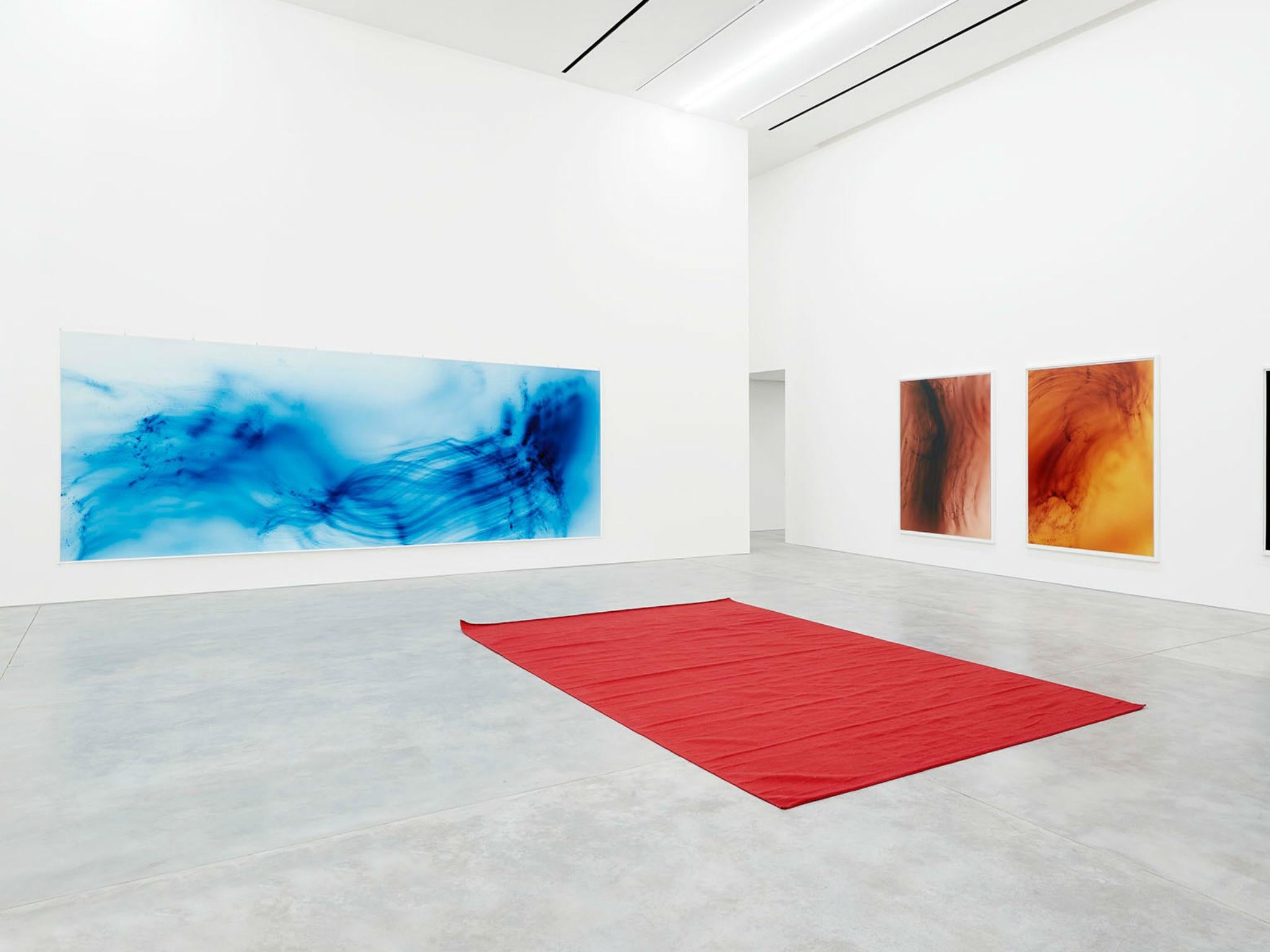
The bar at the top of the foundation is notable both with its view of the city and amazing art work that I discover later is the work of artist and club owner Michel Elefteriades, who makes all the intricate carved wooden sculptures, including the striking portrait heads and abstract pierced screens, by hand. He has also provided the music for tonight’s event. I meet Elefteriades later and hear the harrowing story of how he had to flee the country to live in Cuba for two years while people pursued him for Satanism
When the foundation opened in 2015 some of the critics criticised the experience of seeing art in a shopping mall. As the official opening begins, I watch as glamour enters the arena. The Salamés well-dressed friends and stylish people of Beirut arrive, stiletto shoes abound and flash bulbs pop.
Later we are welcomed to an amazing feast on the landscaped shore, where lambs have been turned for hours, heaped bowls of salad appear with every kind of hummus known to mankind. Salamé wanders around coming over to stand near where we are drinking champagne and charmingly asks: “Is the food good? I want to try it all.” His enthusiasm is overt and he sports a wide smile. It reminds me of the banner that I have seen earlier by British artist Jeremy Deller quoting the apt lyrics of David Bowie: “For years and years I roamed.”
Perhaps it should become a motto for the family, but for now I have to say that homemade ice-cream cones dipped in pistachio is the best of all the many treats on offer.
This is a couple who take their collecting seriously and are prepared to look deeply. Long may Aishti thrive.
For more information: aishtifoundation.com
Join our commenting forum
Join thought-provoking conversations, follow other Independent readers and see their replies
Comments